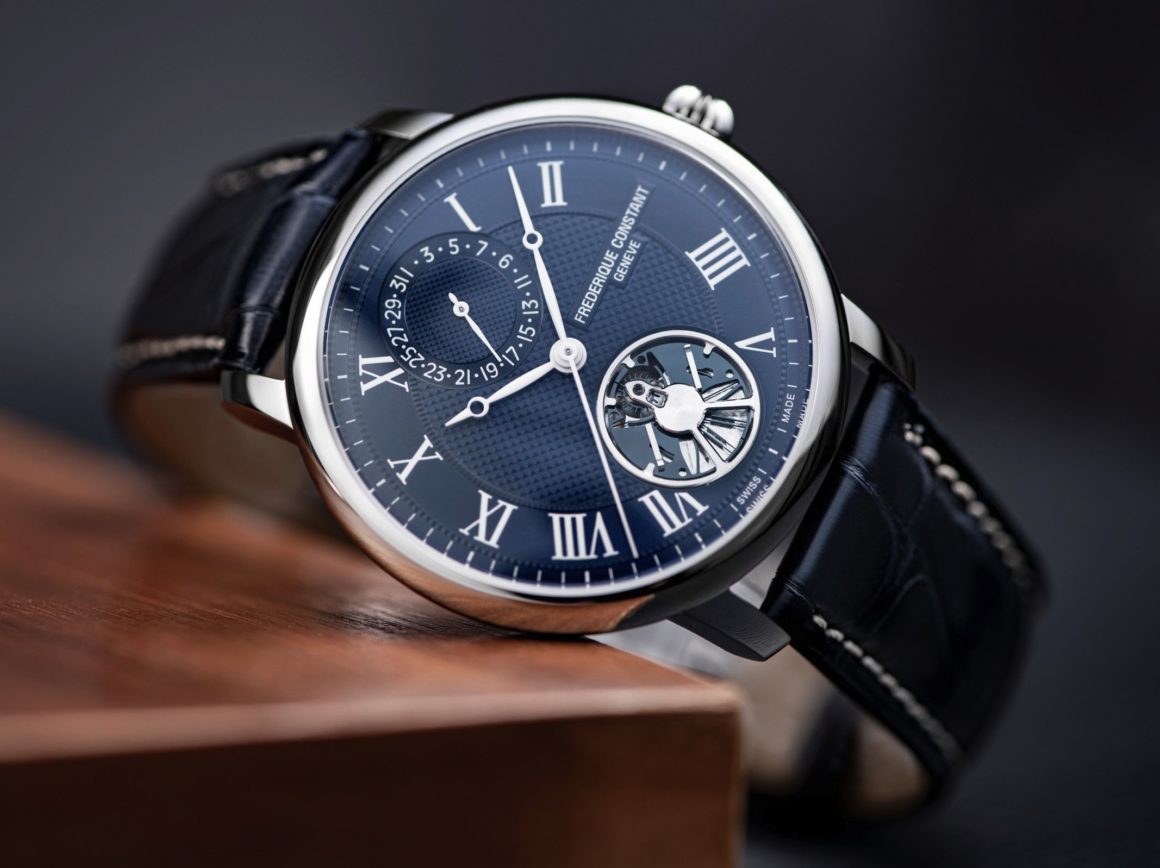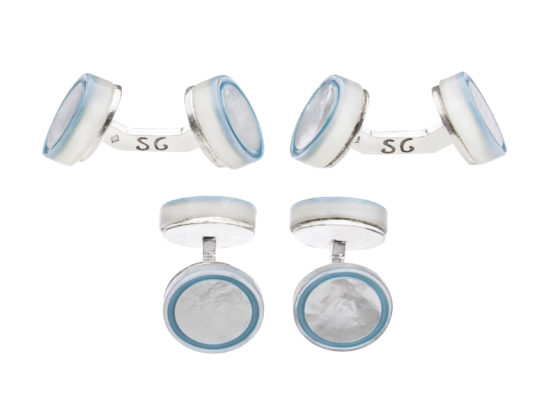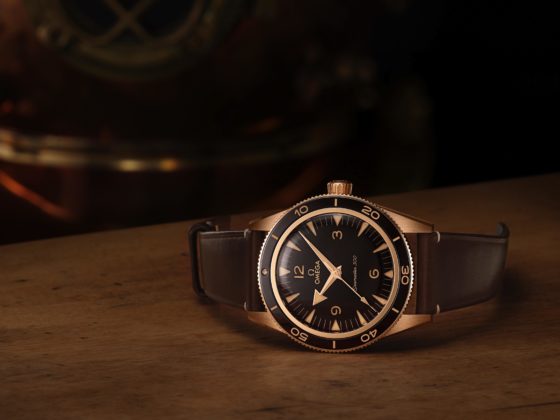A watchmaking revolution? Not necessarily, but probably one of the most beautiful advances in the construction of an automatic watch in recent years, signed Frederique Constant.
By Olivier Müller
It is a known fact, but nothing can be done about it: the engine of a thermal car is incapable of achieving an efficiency that exceeds, in the vast majority of cases, 30%. In other words, 70% of the fuel combustion product is dissipated without producing any effect. An energetic aberration that has nevertheless been imposed.

In watchmaking, a Swiss lever movement functions more or less according to the same values: two thirds of the energy supplied by the barrel is lost in friction before it can move the slightest hand. For a process whose foundations were laid over two centuries ago, this is a particularly poor performance. Why does it persist? The weight of habits, of the market, of a process made profitable to the extreme, and because nothing better could be found to produce on a large scale Until today?
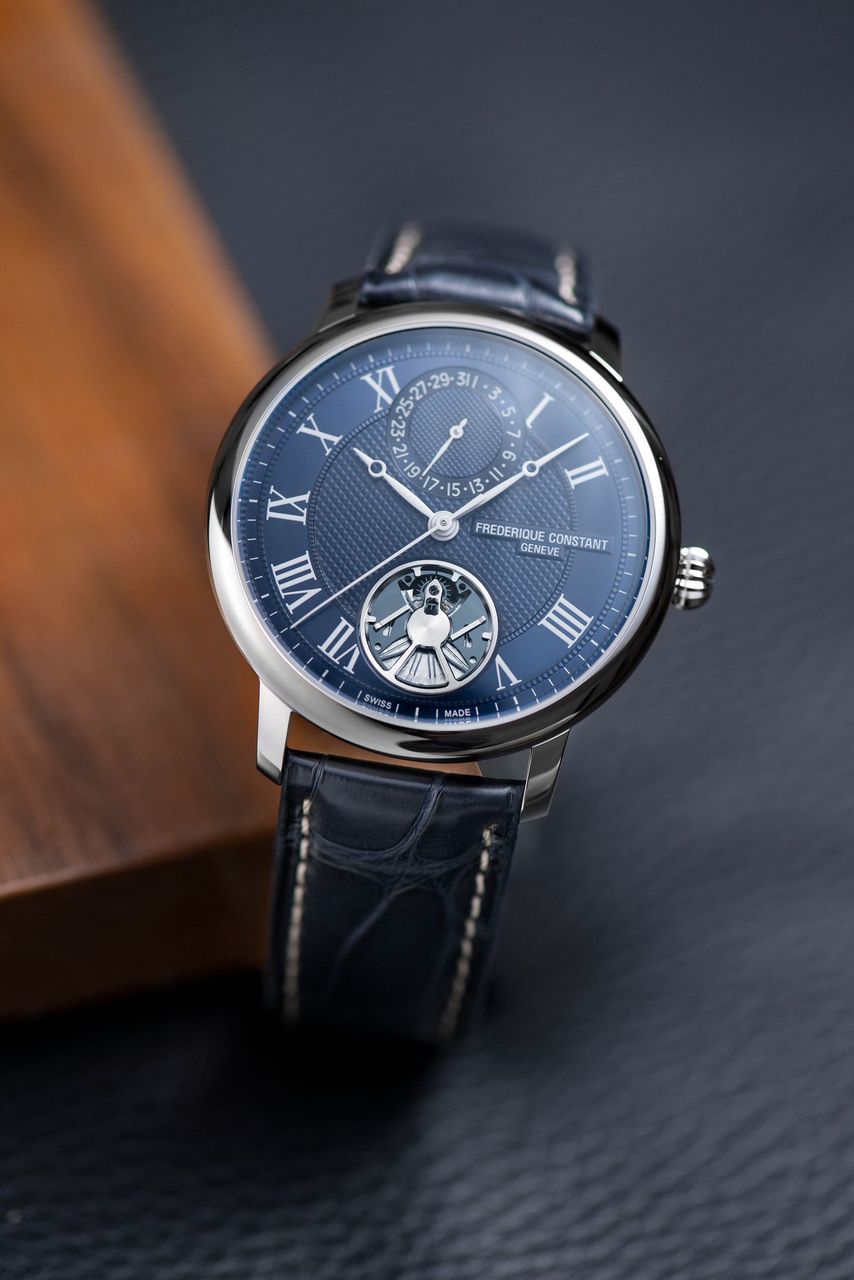
Frédérique Constant answers in the affirmative. At stake: the exhaust system. It is the “gearbox” of a mechanical movement, the one in charge of receiving the energy from the barrel and “cutting” it into periods of 60 minutes, 60 seconds, etc. This escapement, known as the “Swiss anchor” escapement, the one you can hear the “tick-tock” of, is an energy sink. It is sensitive to shocks, to air friction, and loses a lot of energy through the twenty or so components that make it up. In short, it is also an energy aberration.
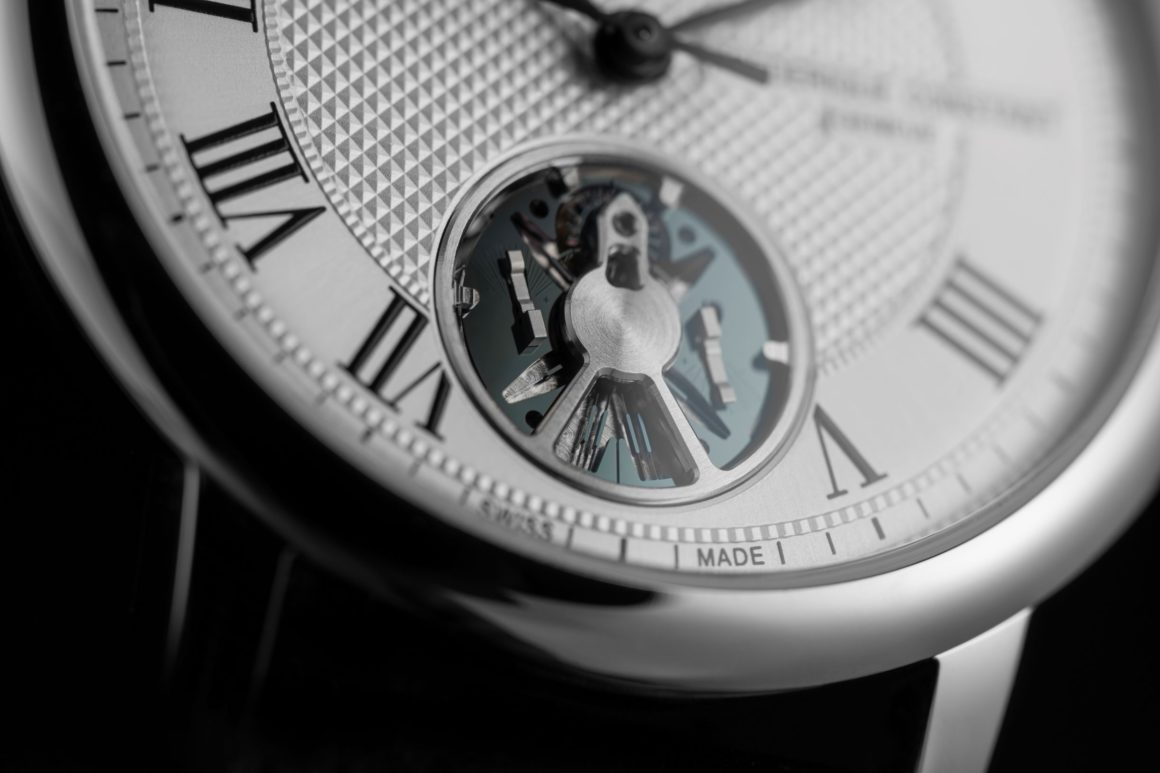
The challenge is to reduce the number of components. Frédérique Constant has gone to the extreme: from the usual 26 components, the brand has reduced it to one. It is made of silicon and therefore insensitive to temperature variations. It beats at a frequency ten times higher than the average: 40 Hz instead of 4 Hz for a traditional exhaust.
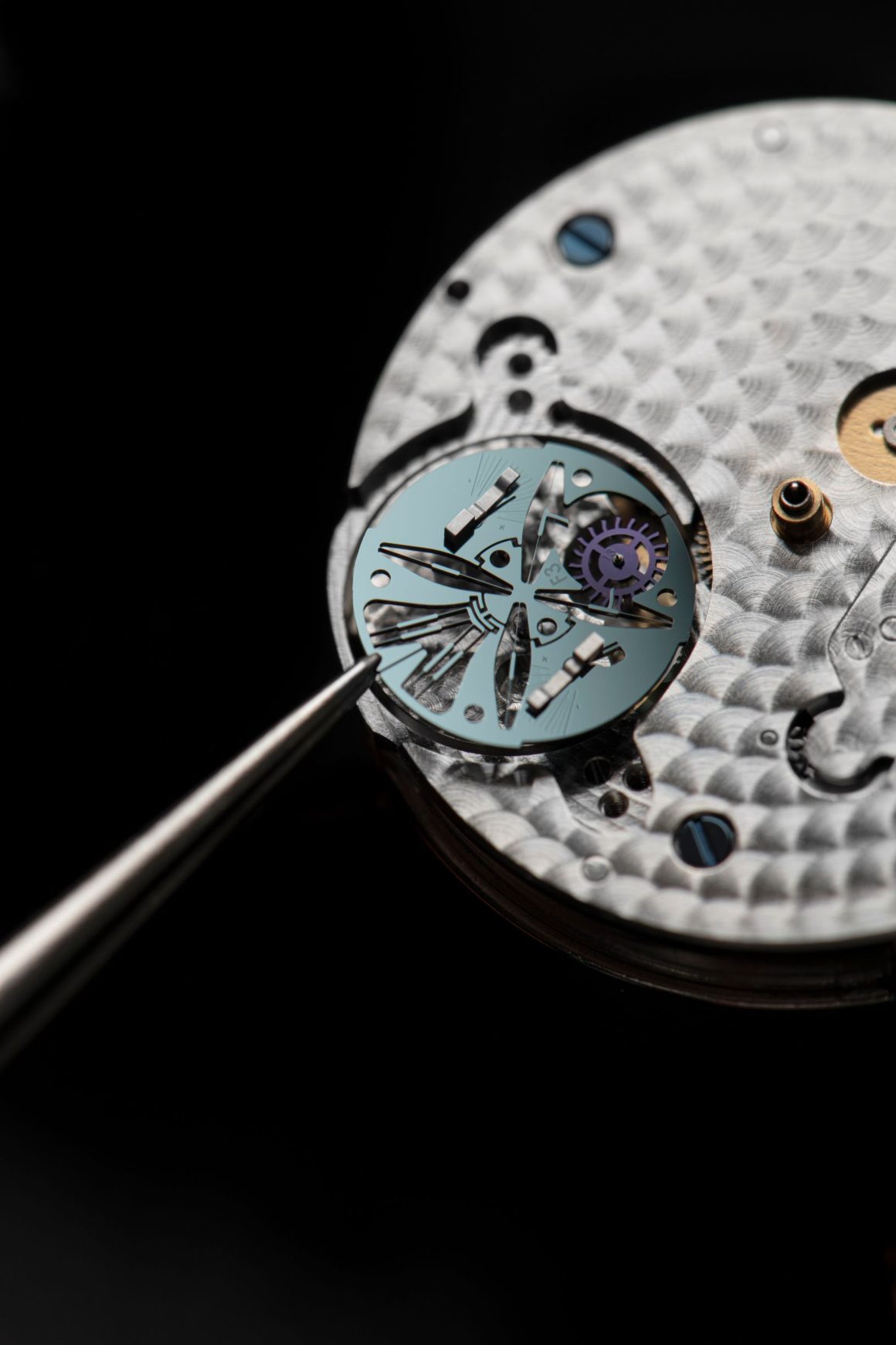
Theoretically, this very high frequency should have led to a massive overconsumption of energy. This is not the case here: since the Frédérique Constant monobloc escapement has no other component to move than itself, and moreover at an extremely low angle of rotation (6° as opposed to the usual 300°), almost 100% of the energy it receives is dedicated to it, resulting in a power reserve of 80 hours. This duration was frequently reached in traditional mechanical movements, but this first iteration of the Frédérique Constant “Monolithic” can probably be optimized and gain many more hours of power reserve in its future developments.

However, technical prowess does not come alone: Frédérique Constant is already able to produce its innovation in small volumes and at low cost. The steel version is offered at less than 5,000 euros. We are far, very far, from the concepts recently unveiled by Zenith (Defy Inventor), clocked at 18 Hz for 50 hours of power reserve, at 17 600 euros … and which struggles to exceed the state of concept watch.
Our opinion: “Removing the Swiss lever escapement is an old challenge that watchmakers take up from time to time. Zenith and TAG Heuer have led the way, Parmigiani Fleurier not far behind, but most of their creations have not been industrialized. That Frederique Constant is able to do this, and at less than 5,000 euros, is a major achievement. The process will have to be tested on a large scale because, for the moment, just over 1,600 pieces have been launched in production. The general public will also need to be engaged. The watchmaking industry is fairly conservative. On the downside, collectors will lose the beauty of a traditional escapement, and the “ticking” that characterized it. To their credit, they will gain a perfectly linear seconds hand movement, such as only Grand Seiko knew how to make with its Spring Drive. As well as the pleasure of wearing what may be the future of watchmaking on the wrist.”


